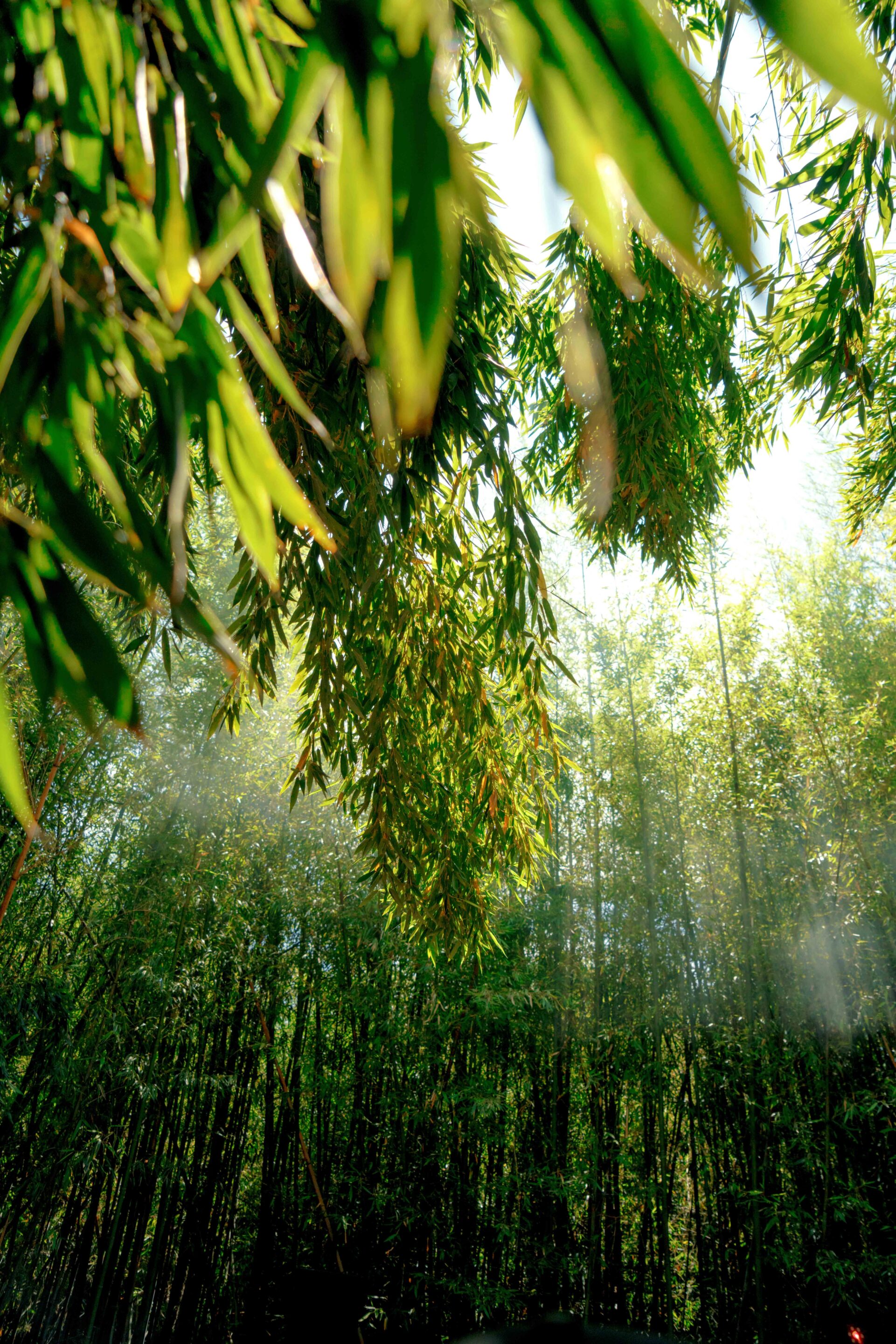
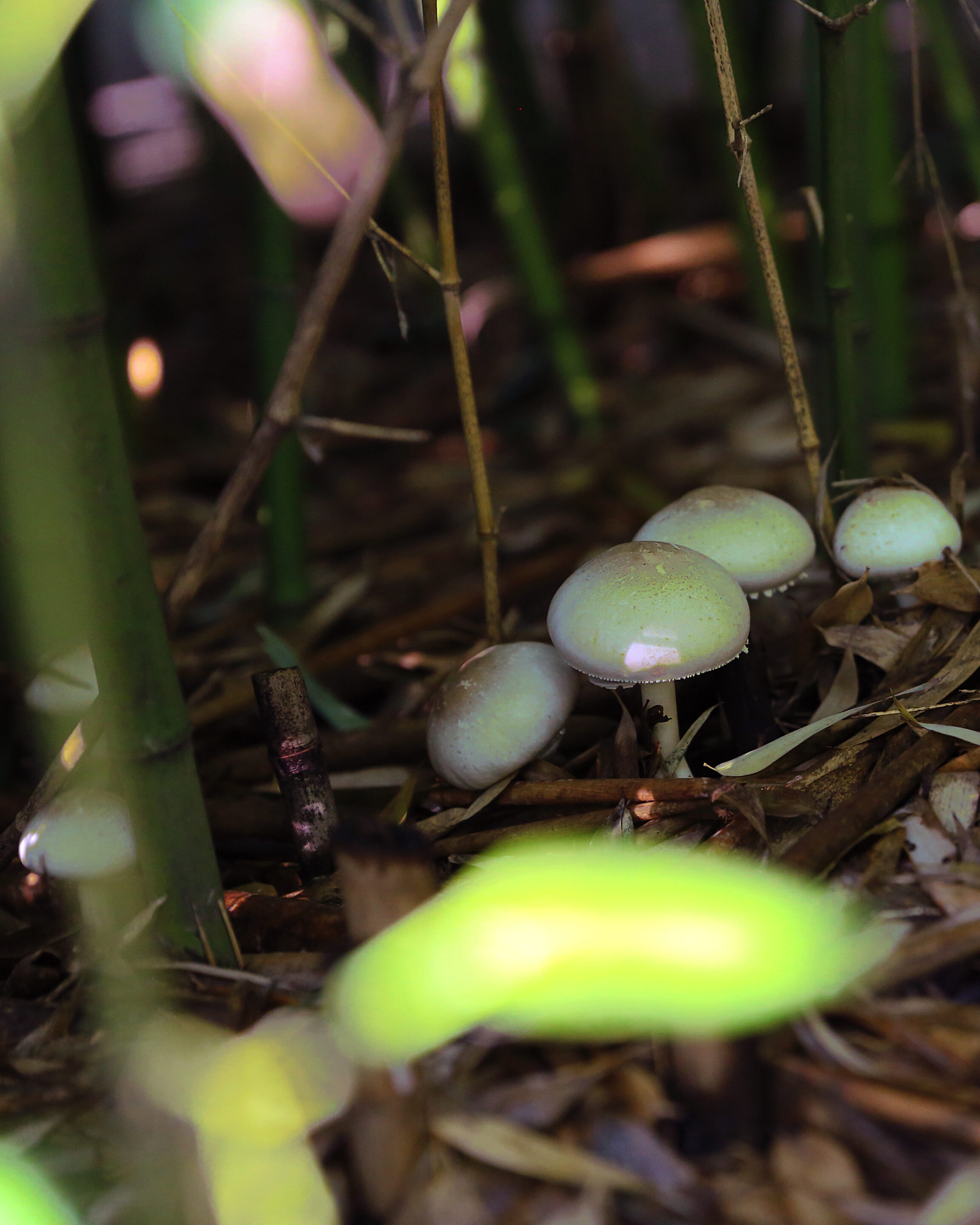
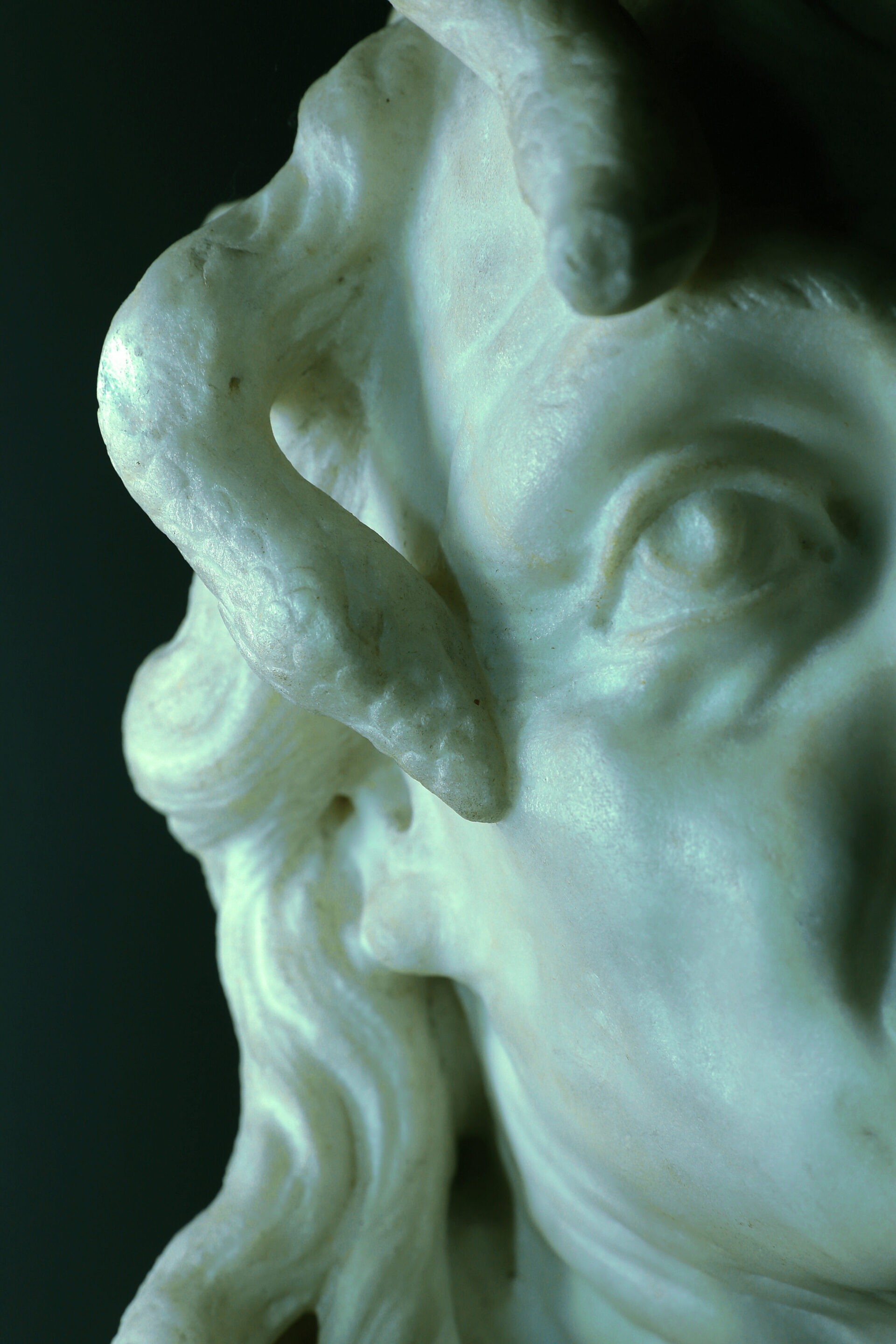
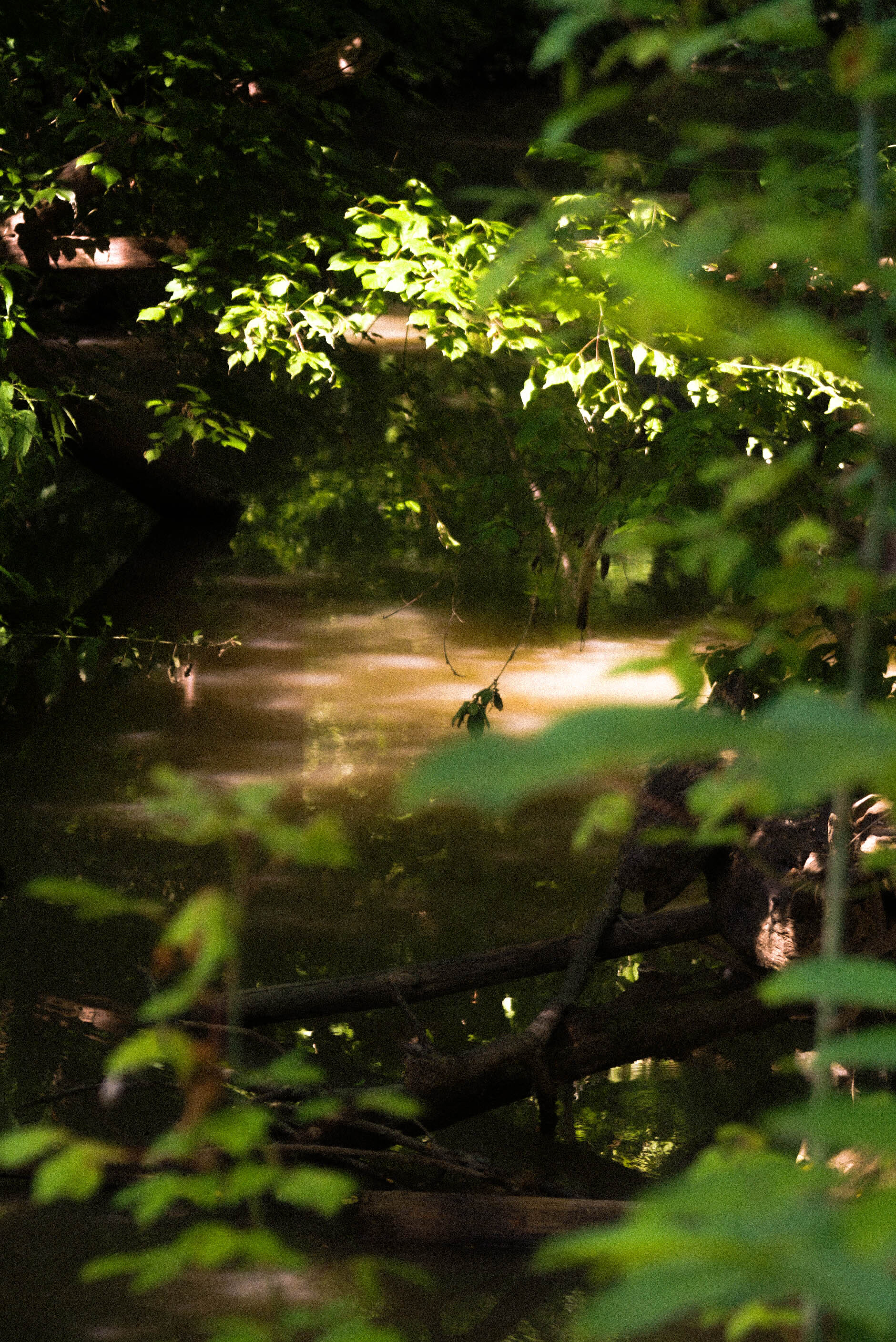
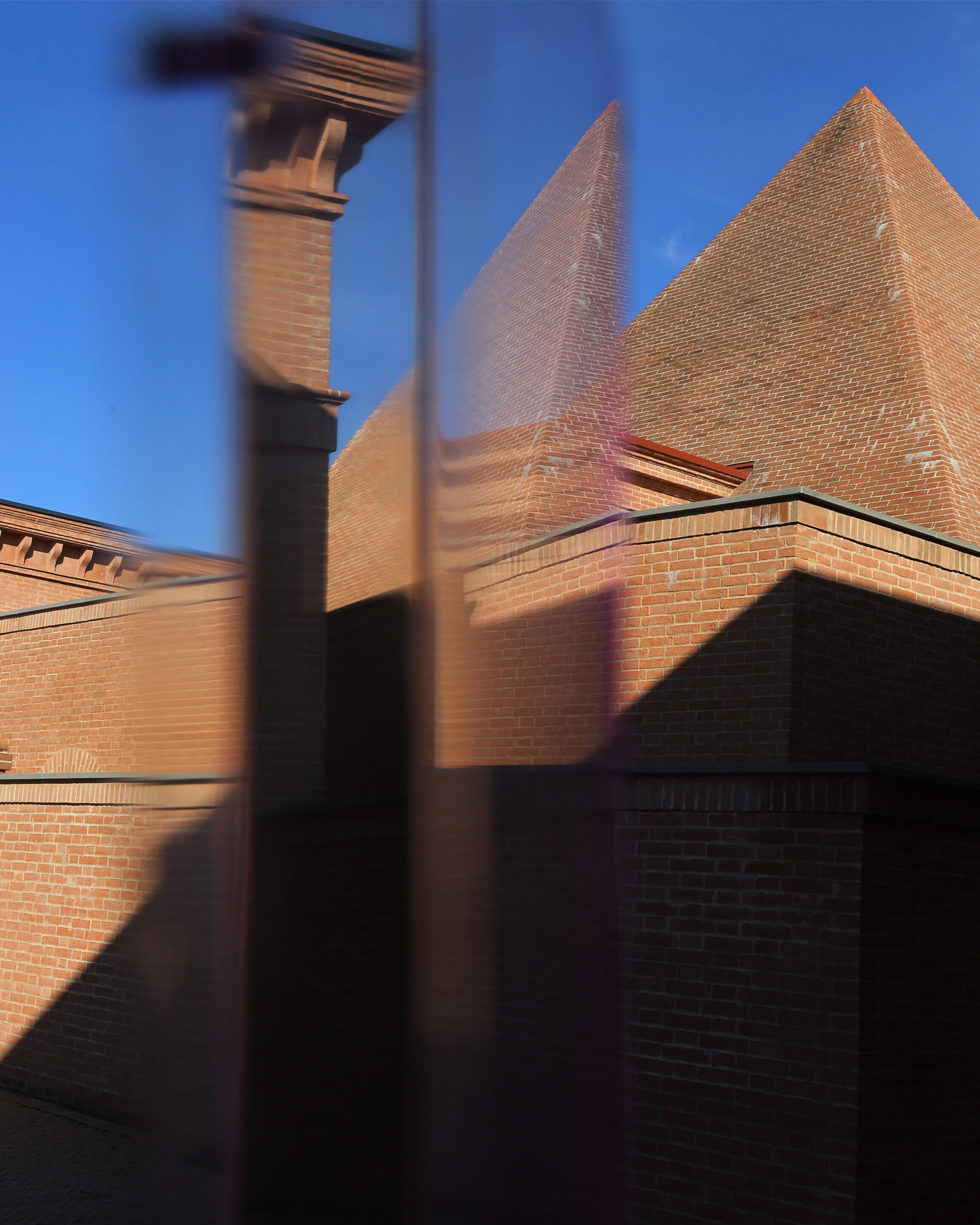
The Labyrinth
The Garden of Forking Paths
J.L.Borges
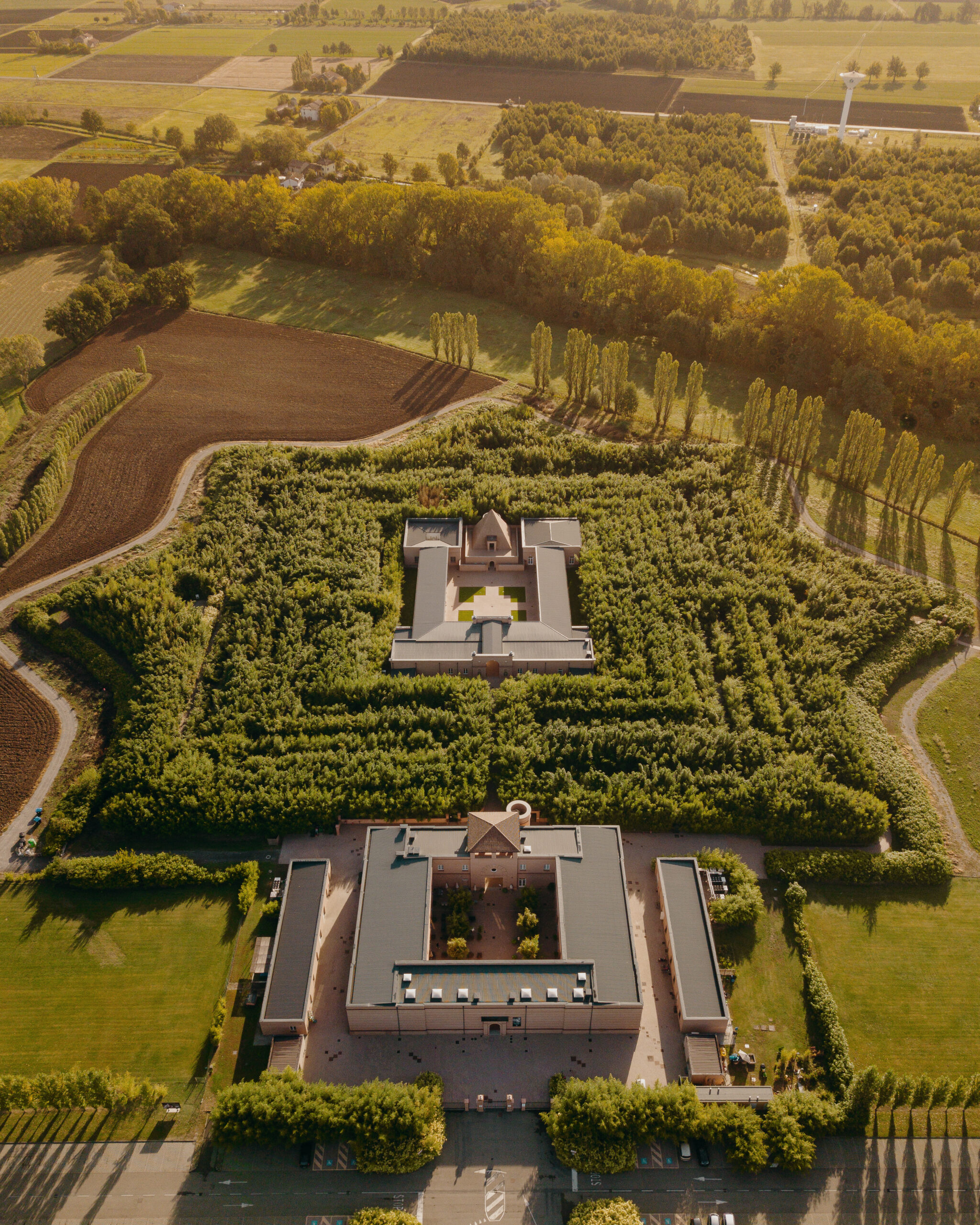
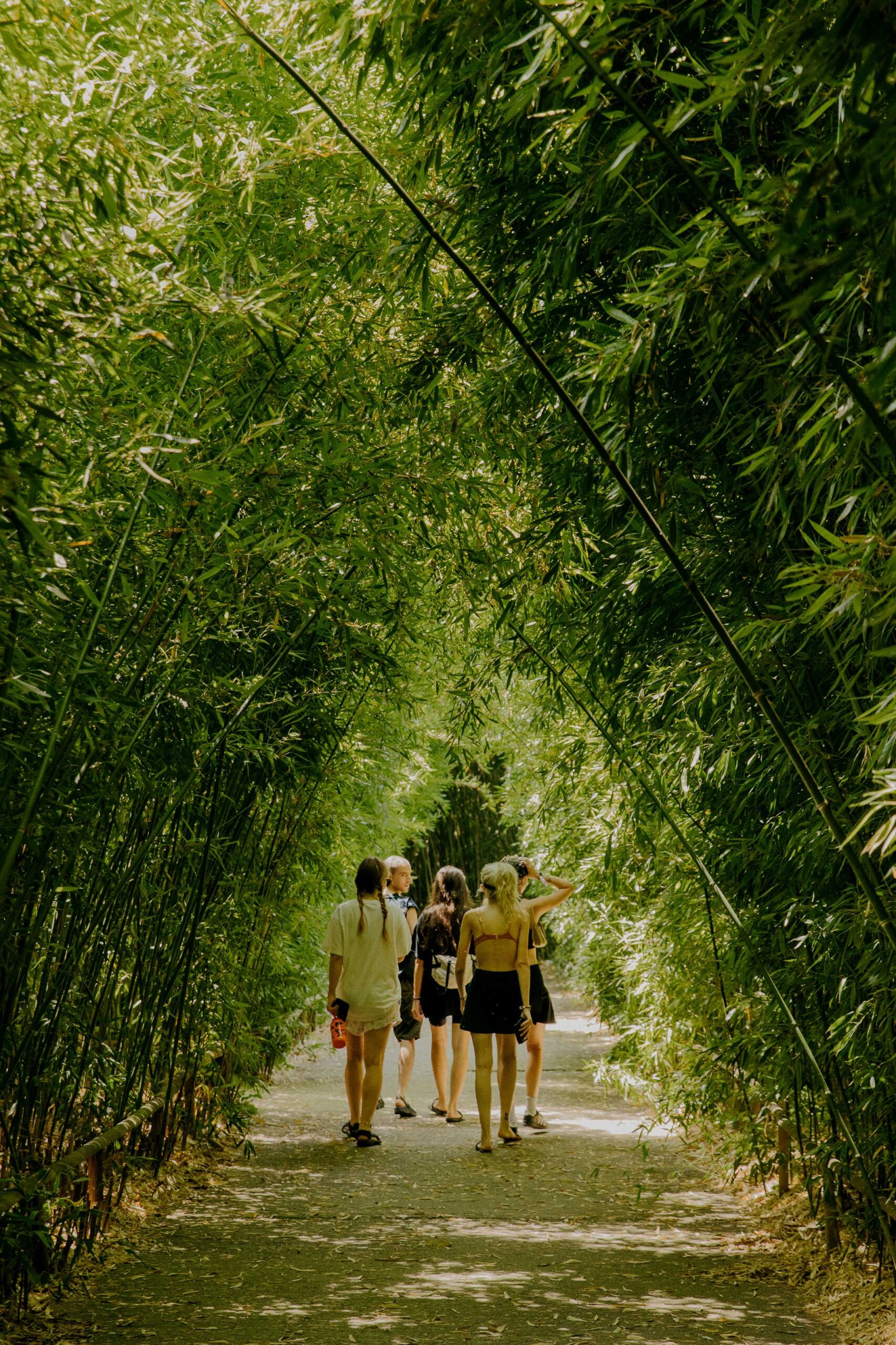
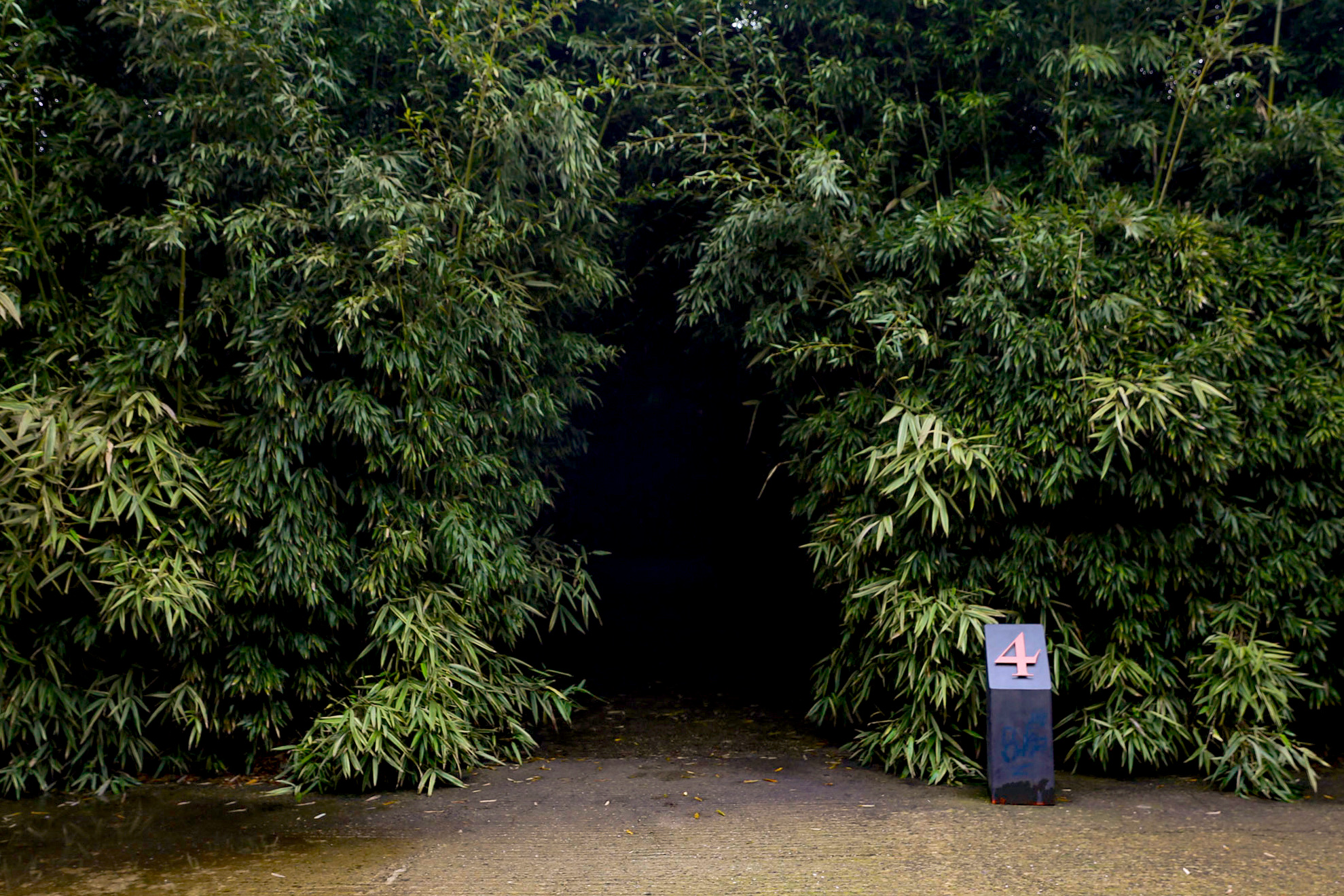
Where
Labirinto del Masone
Strada Masone 121, 43012 Fontanellato, Parma (PR) ITALY
How to get there
By train
The nearest station is in Fidenza (10 minutes by car). To reach the Labyrinth you can use the cab service by connecting to www.radiotaxiparma.com
From Fidenza station it is also possible to reach the Labyrinth by bicycle (about 30 min) avoiding the busiest roads. However, caution is recommended: the route marked on the map (click here) is in fact poorly lit and not for the exclusive use of bicycles.
By car
From Milan:
A1 Fidenza exit, follow via Emilia toward Parma.
From Bologna:
A1 Parma Ovest exit, follow via Emilia toward Fidenza.
Visit the Labyrinth all year round
Except for special events (such as Lost), the Masone Labyrinth Cultural Park is open daily (except Tuesdays) from 10:30 a.m. to 7 p.m.
For information and tickets, visit
www.labirintodifrancomariaricci.it
Franco Maria Ricci
A unique voice in the Italian publishing scene of the 1970s, Ricci editore stood out for the exhibited sophistication of his books. In his works the rigor and clarity of Bodoni and Enlightenment literature coexisted with the fantastic, the excessive, and the ephemeral. In 1963 he published a reprint of Gian Battista Bodoni's Manuale Tipografico. Several successful series followed: The Signs of Man, Curious, The Library of Babel, Impossible Guides,...
Since 1982 Ricci has been publishing the eclectic and sophisticated FMR, the "most beautiful magazine in the world"; a tour among the beautiful and curious, illustrated by evocative photographs and the words of writers such as Borges, Eco, Calvino. In the early 2000s, after 163 issues, Ricci left FMR to devote himself to the construction of the Labirinto della Masone. In the last years of his life, however, he nurtured the stubborn dream of resuming its publication.
In December 2021, coinciding with the winter solstice, the first issue of FMR's second season came out. Editorial dress and purposes of this one are similar to the first: it does not teach art history but makes people love art by forming taste and the ability to see.
FMR
Franco Maria Ricci at the Museo Bodoniano in Parma
Book "The Flowers of Sicily"
Franco Maria Ricci and Jorge Luis Borges
Illustration from Fmr's book "Gnoli"
Smeg logo and advertising
The Labirinto della Masone houses Franco Maria Ricci's art collection. In the photo, the Vanitas room.